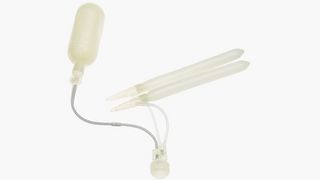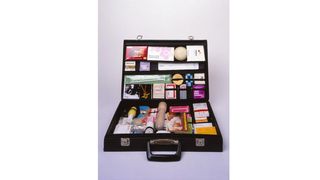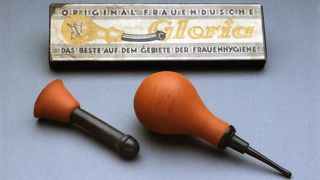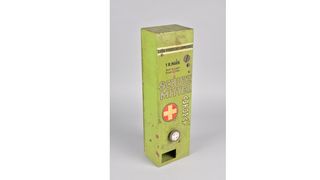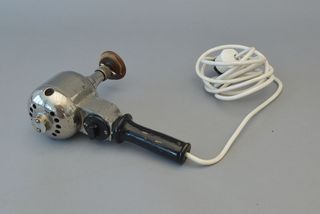The Project
What can objects at the Museum tell us about the history of sexuality? This is precisely the question that has been addressed by an interdisciplinary research project, based on the Deutsches Hygiene-Museum’s collection of historical everyday objects. In conjunction with the Chair of Sociological Theories and Cultural Sociology at the Dresden University of Technology, the Institute for the History, Ethics and Philosophy of Medicine at Hanover University and the Schwules Museum* Berlin, the project explores the interactions between objects and our knowledge of sexuality in the 20th and 21st century. The research project consists of three sub-projects and is sponsored by the Federal Ministry of Education and Research in the funding stream pertaining to ‘The Language of Objects – Material Culture in the Context of Social Developments’.
The Deutsches Hygiene-Museum Dresden (DHMD) is the project co-ordinator and, in the sub-project on ‘relationship objects’, it looks at the further exploration of its collection inventory on the everyday story of sexuality and its research. First up are questions pertaining to the origin, material, intended functions and actual uses of the objects themselves. Next is the analysis of the experiences made with these objects: what sort of practices are associated with them? What sort of knowledge does their use entail? And what new bodies of knowledge are gleaned from their use? The aim is to be able to draw conclusions from the use of these objects about the way in which relationships between people have changed, between people and the objects themselves, and between people and their bodies. To what extent, then, do these everyday objects reflect a change in body-related and sexual practices, forms of relationships, knowledge of the human body and sexual knowledge?
The objects in the collection associated with sexuality include prophylactics, contraceptives and means of reproduction from 1900 to the present day, sex toys since the 1980s, and drugs and medication designed to regulate gender and sexuality dating from around 2000. An analysis of the inventory is also carried out for everyday objects that had not hitherto been associated with sexuality.
Gallery
Translation by Stephen Grynwasser
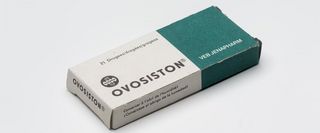
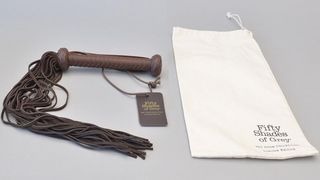
![[Translate to English:] Anti-Baby-Pille "Ovosiston", 1984](/fileadmin/_processed_/9/e/csm_Ovosiston_ac6d798bb2.jpg)
